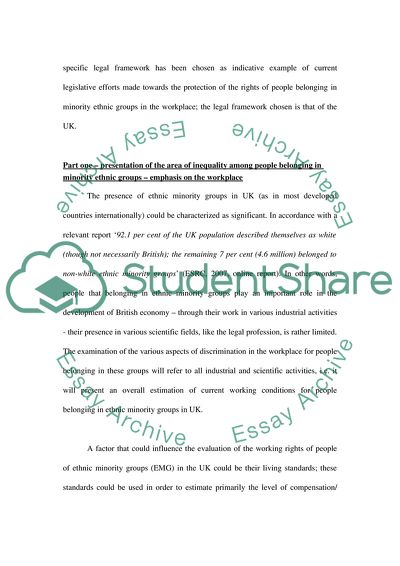Cite this document
(1.How successful has anti-discrimination legislation been in tackling Coursework, n.d.)
1.How successful has anti-discrimination legislation been in tackling Coursework. https://studentshare.org/law/1715431-1how-successful-has-anti-discrimination-legislation-been-in-tackling-workplace-discrimination
1.How successful has anti-discrimination legislation been in tackling Coursework. https://studentshare.org/law/1715431-1how-successful-has-anti-discrimination-legislation-been-in-tackling-workplace-discrimination
(1.How Successful Has Anti-Discrimination Legislation Been in Tackling Coursework)
1.How Successful Has Anti-Discrimination Legislation Been in Tackling Coursework. https://studentshare.org/law/1715431-1how-successful-has-anti-discrimination-legislation-been-in-tackling-workplace-discrimination.
1.How Successful Has Anti-Discrimination Legislation Been in Tackling Coursework. https://studentshare.org/law/1715431-1how-successful-has-anti-discrimination-legislation-been-in-tackling-workplace-discrimination.
“1.How Successful Has Anti-Discrimination Legislation Been in Tackling Coursework”. https://studentshare.org/law/1715431-1how-successful-has-anti-discrimination-legislation-been-in-tackling-workplace-discrimination.


